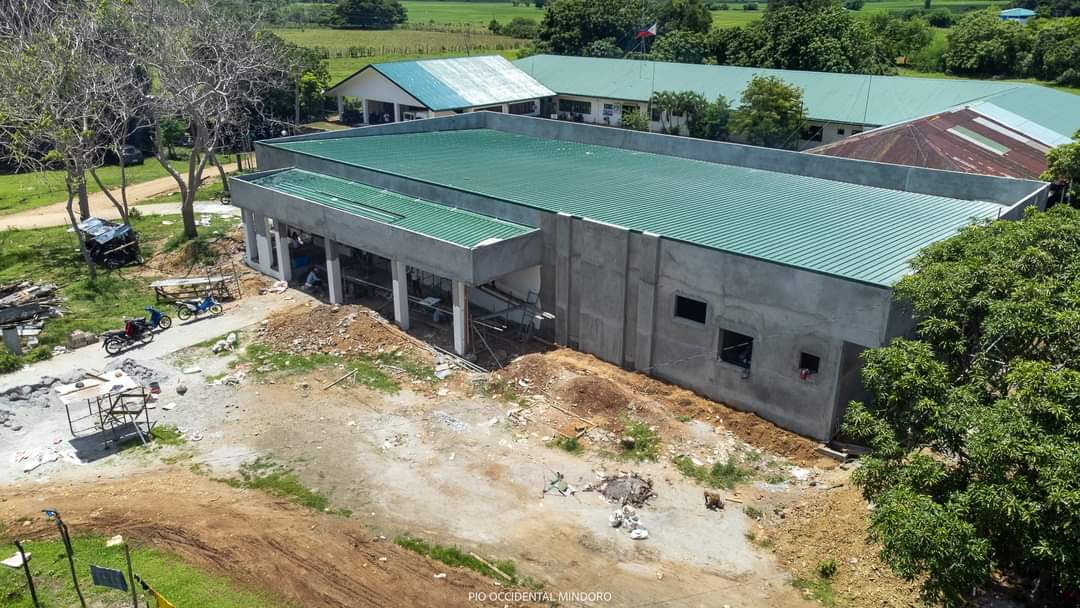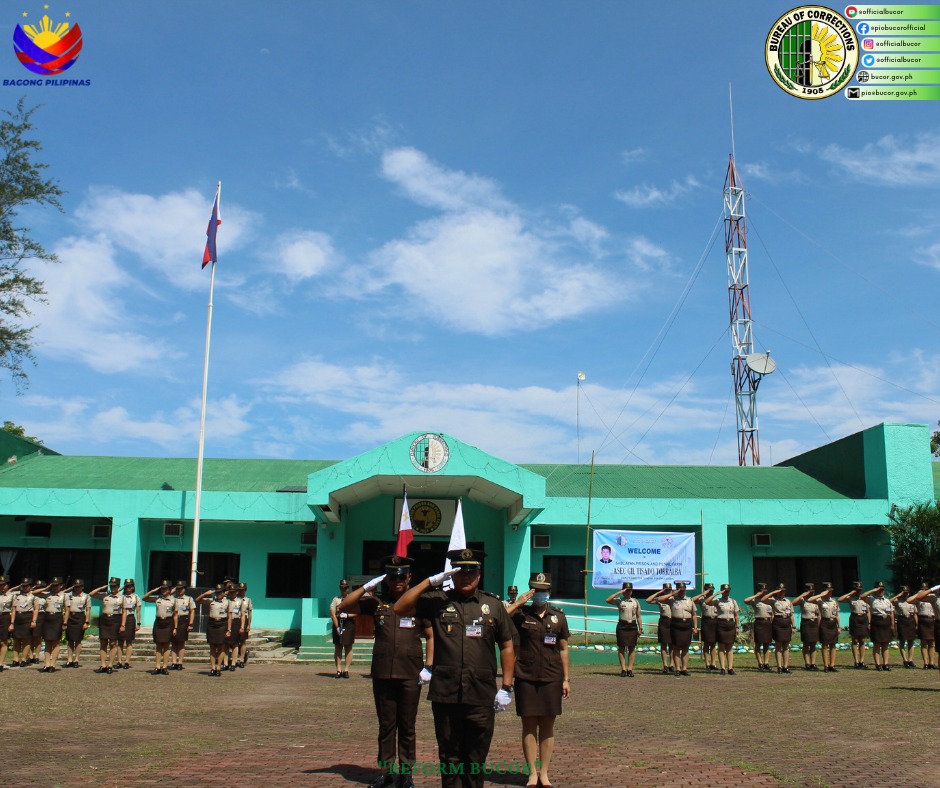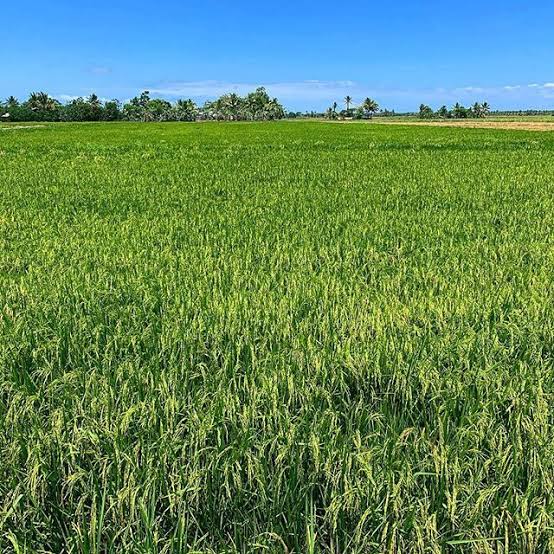The Lubang District Hospital in Lubang Island, Occidental Mindoro is undergoing a major development plan aimed at improving its healthcare services and facilities.
The hospital’s upgrade, which is being implemented under the Health Facility Enhancement Program of the Provincial Health Office, involves a four-phase plan.
The first phase, which focuses on the construction of a clinical laboratory, is expected to be completed and inaugurated in September 2024.
The subsequent phases will involve the construction of an emergency room, operating room, and delivery room complex, as well as administrative and outpatient department complexes, and medical wards for patients from Lubang and Looc municipalities.
The development plan is expected to improve the hospital’s capacity to provide quality healthcare services to residents of Lubang island.

The project is being implemented with funding from the provincial government.
Occidental Mindoro Governor Eduardo B. Gadiano, who recently visited the hospital, expressed his support for the project and cited the importance of improving healthcare services in the province.
He was accompanied by Vice Governor Diana Apigo-Tayag and Board Member Eddie Mangyan during the visit.
The hospital’s upgrade is part of the provincial government’s efforts to improve healthcare infrastructure and services in Occidental Mindoro.
LUBANG AT GLANCE
Lubang Island is situated in the Verde Island Passage, a strait that separates the islands of Luzon and Mindoro. The island has a total land area of approximately 312 square kilometers and is bounded by the Verde Island Passage to the north, the South China Sea to the west, and the Mindoro Strait to the south.
The island has a rich history, dating back to the pre-colonial period. It was once a major trading center, with the ancient inhabitants trading with neighboring islands and mainland Asia.
During World War II, Lubang Island played a significant role as the site of the surrender of Japanese General Tomoyuki Yamashita, who led the Japanese forces in the Philippines.
Today, the island’s historic landmarks and natural attractions make it a growing tourist destination.
The economy of Lubang Island is primarily based on agriculture, with major crops including rice, corn, and sugarcane.
The island is also known for its fishing industry, with many residents engaged in small-scale fishing.
As of the 2020 census, the population of Lubang Island is approximately 23,000 people, with the majority being Roman Catholic.
The island has a relatively well-developed infrastructure, with a commercial sea port, and is connected to the mainland by a ferry service.









Write Your Comment